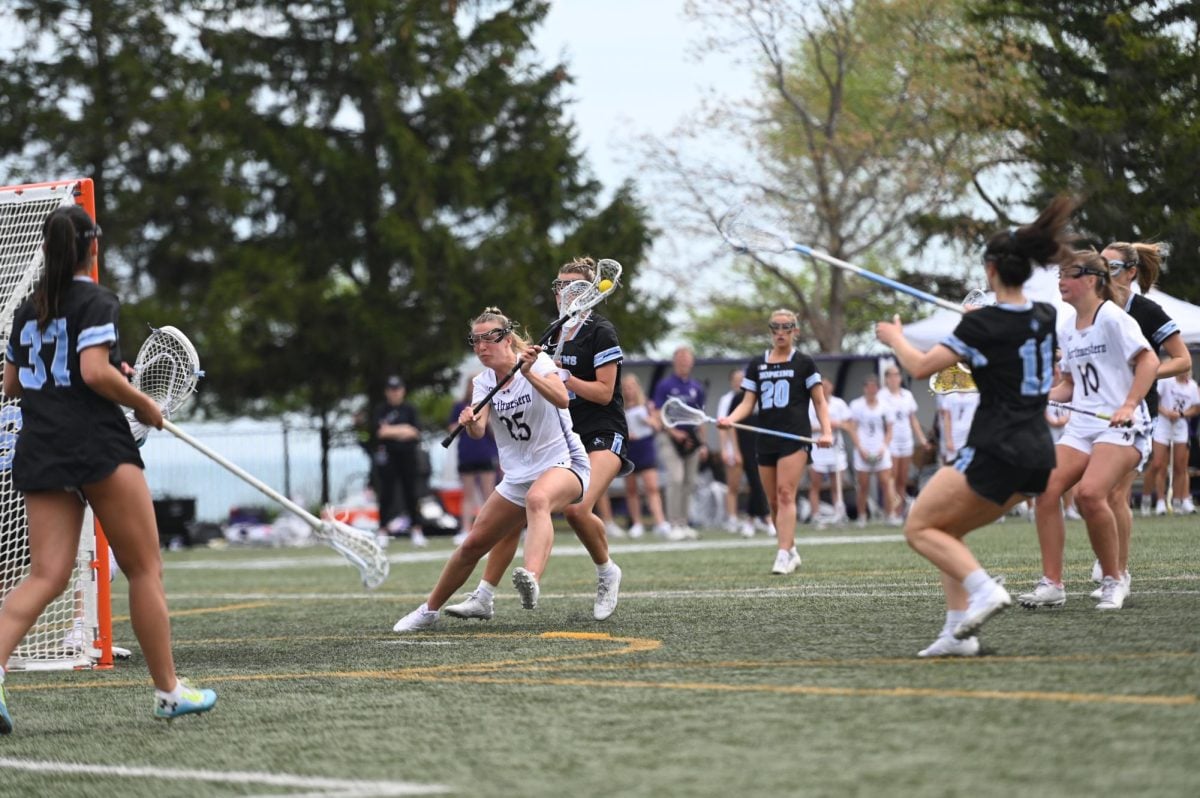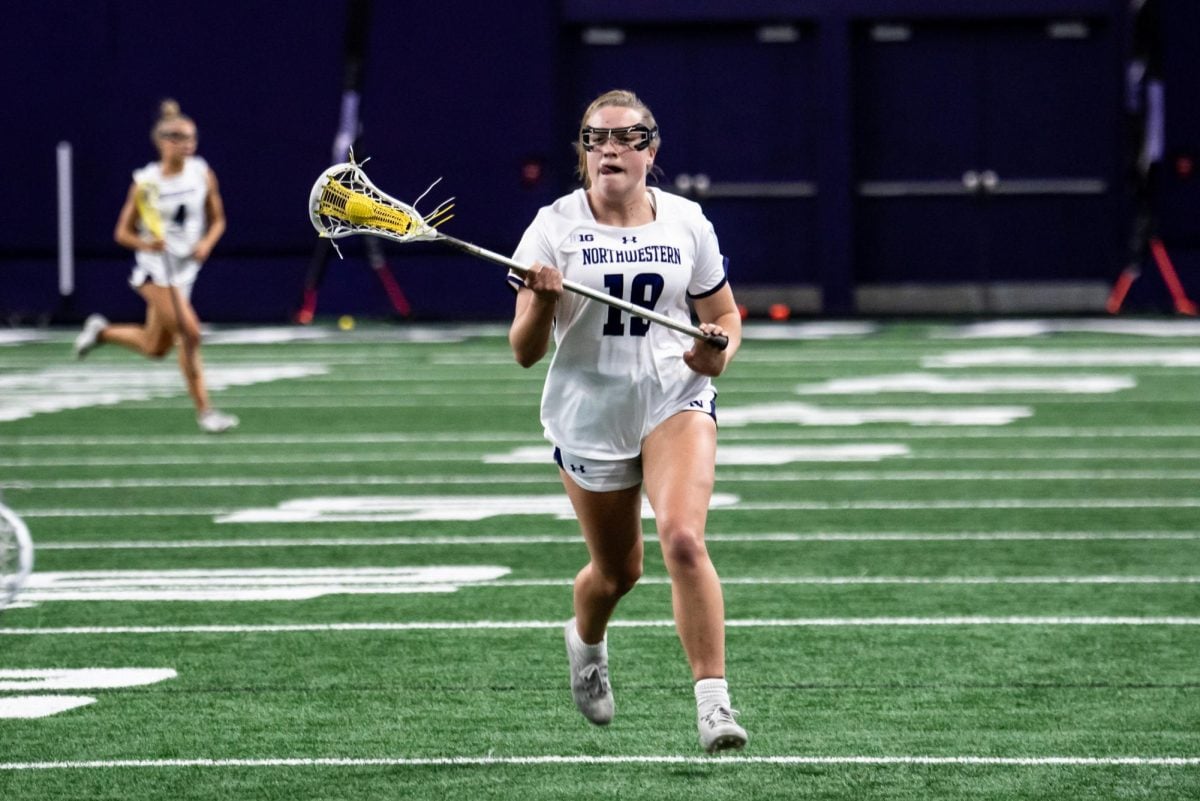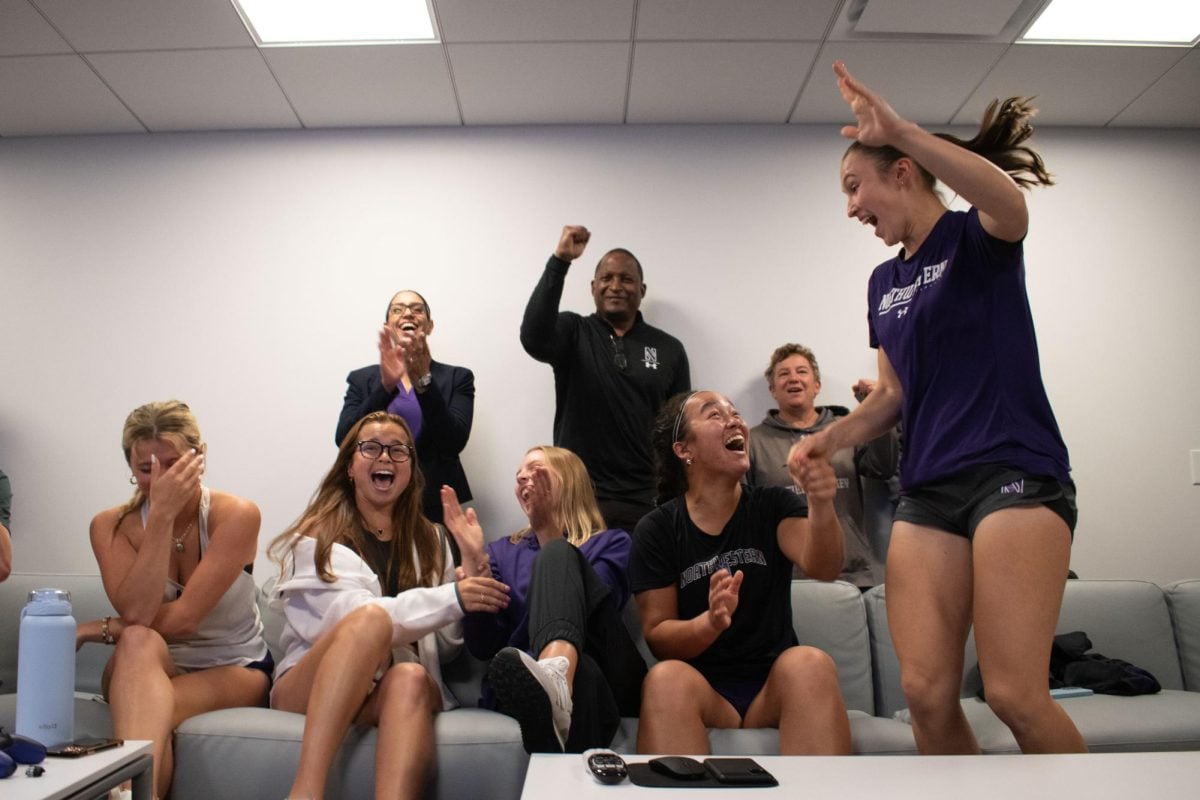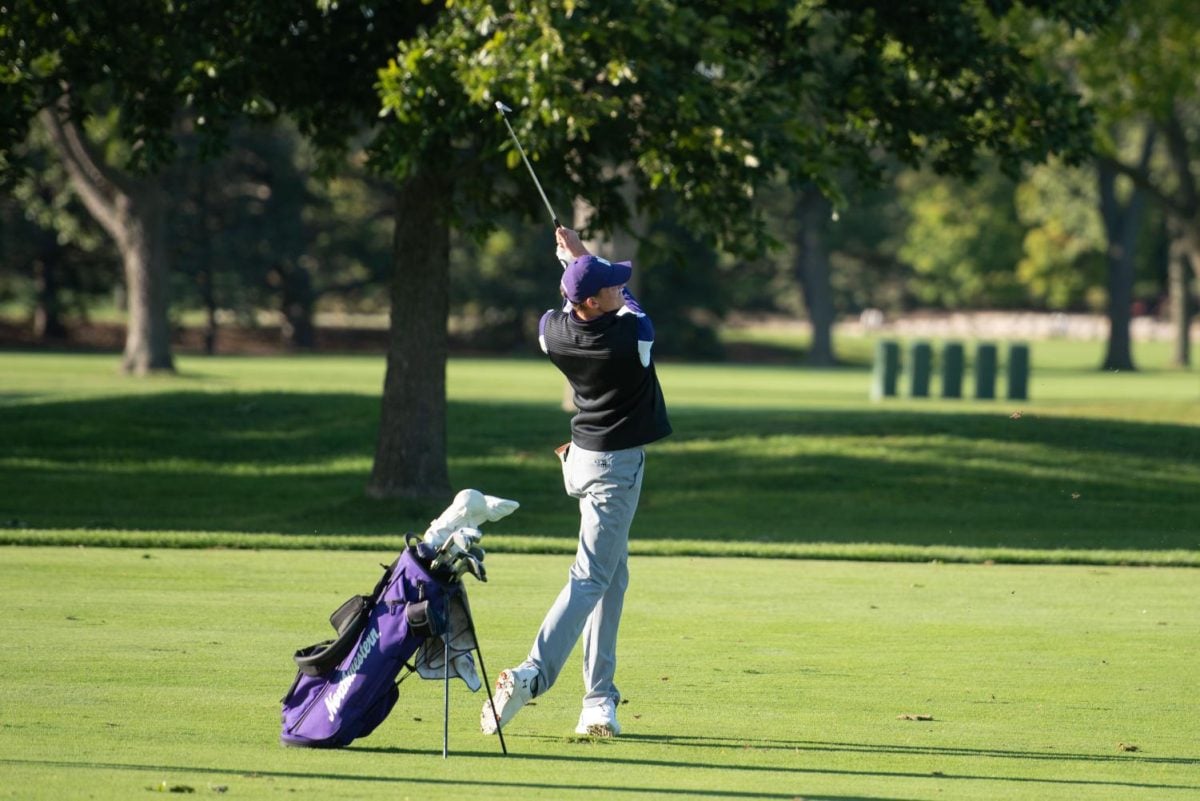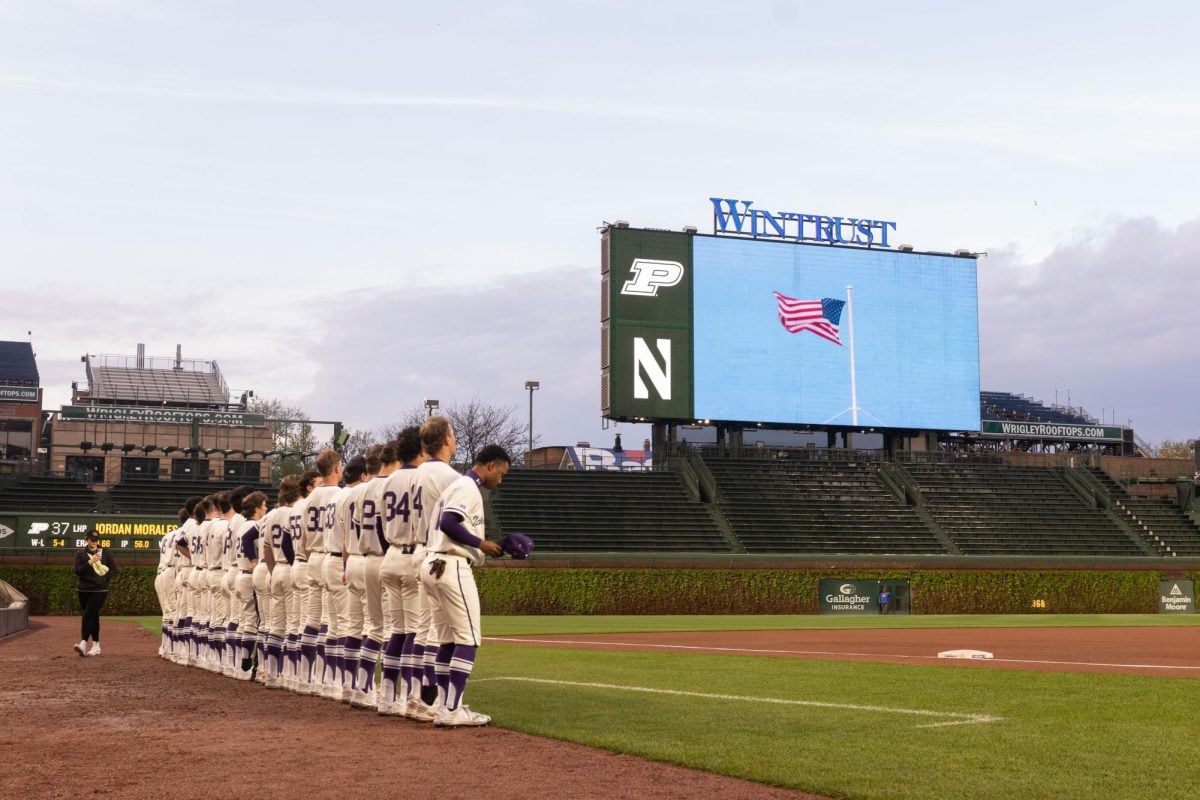Say what you will about Northwestern’s team this year, but there is at least one respect in which the Wildcats are remarkably consistent: They shoot, and typically make, a lot of 3-pointers.
During NU’s 65-41 loss at Penn State on Sunday, the Cats put up long-range shots at their usual rate – they just didn’t go in. NU made just two of 21 attempts from behind the arc. Most teams that are 0-for-9 in 3-point attempts at the break would have taken a different offensive tack in the second half. But NU refused to cede its perimeter game and instead increased the number of treys it attempted, shooting 12 more in the second half and connecting on only two to finish the game with a dismal nine percent 3-point performance.
The poor shooting will certainly become an issue if it continues. But most likely the team’s 3-point woes at Penn State marked its perimeter nadir for the season – at least NU fans should hope so. Still, it provides as good a time as any to look at NU’s dearth of scoring options beyond their comfort 3-pointer.
Consider one common alternative when a team’s outside shots aren’t falling: driving with the intent of either taking close shots at the rim or getting fouled.
It’s not exactly the Cats’ specialty. By any metric NU is among the worst in the conference at getting to the free throw line. In the past two games the team shot 12 free throws, 32 fewer than its opponents.
A broader perspective isn’t any more charitable. The ratio of NU’s free throw attempts to field goal attempts, one of the better measures of a team’s ability to get to the line, offers a stark perspective. NU finishes 10th in the conference in that category with a .28 ratio.
The first part of this problem is that NU doesn’t draw very many fouls, only 202 in conference play this year, good for 9th in the Big Ten.
The second part is that, even when getting fouled, they aren’t earning free throws. Northwestern gets about .95 foul shots for every foul they draw. The conference average is a little more than one foul shot per foul drawn. This might not seem like a huge difference, but it adds up over the course of a season. If NU turned fouls into foul shots at the league-average rate they would have attempted 12 more free throws on the season.
And that’s just the average. Over the same number of fouls that NU has drawn on the season, Minnesota, the conference leader in free throw attempts per foul, would have taken 44 more foul shots.
Part of the problem is personnel. NU’s lineup is built to shoot threes not to drive into the paint. Even Michael Thompson and JerShon Cobb, NU’s only players who attack the rim somewhat regularly, aren’t particularly prone to drawing fouls. Thompson and Cobb rank just 42nd and 45th in the conference in fouls drawn per 40 minutes.
NU’s offense doesn’t have a back-up plan when the outside shots aren’t falling. To add to the problem, the Cats’ defense usually gives opponents a buffer from poor shooting by fouling them at a high rate.
Take the 12 to 44 free throw disparity in the past two games. On the one hand it means NU isn’t shooting many free throws, but the corollary is that opponents have no problem at all getting to the line against NU.
Sunday proved that NU has to shoot well to win, or even stay competitive. Their opponents? They’ve got options.

